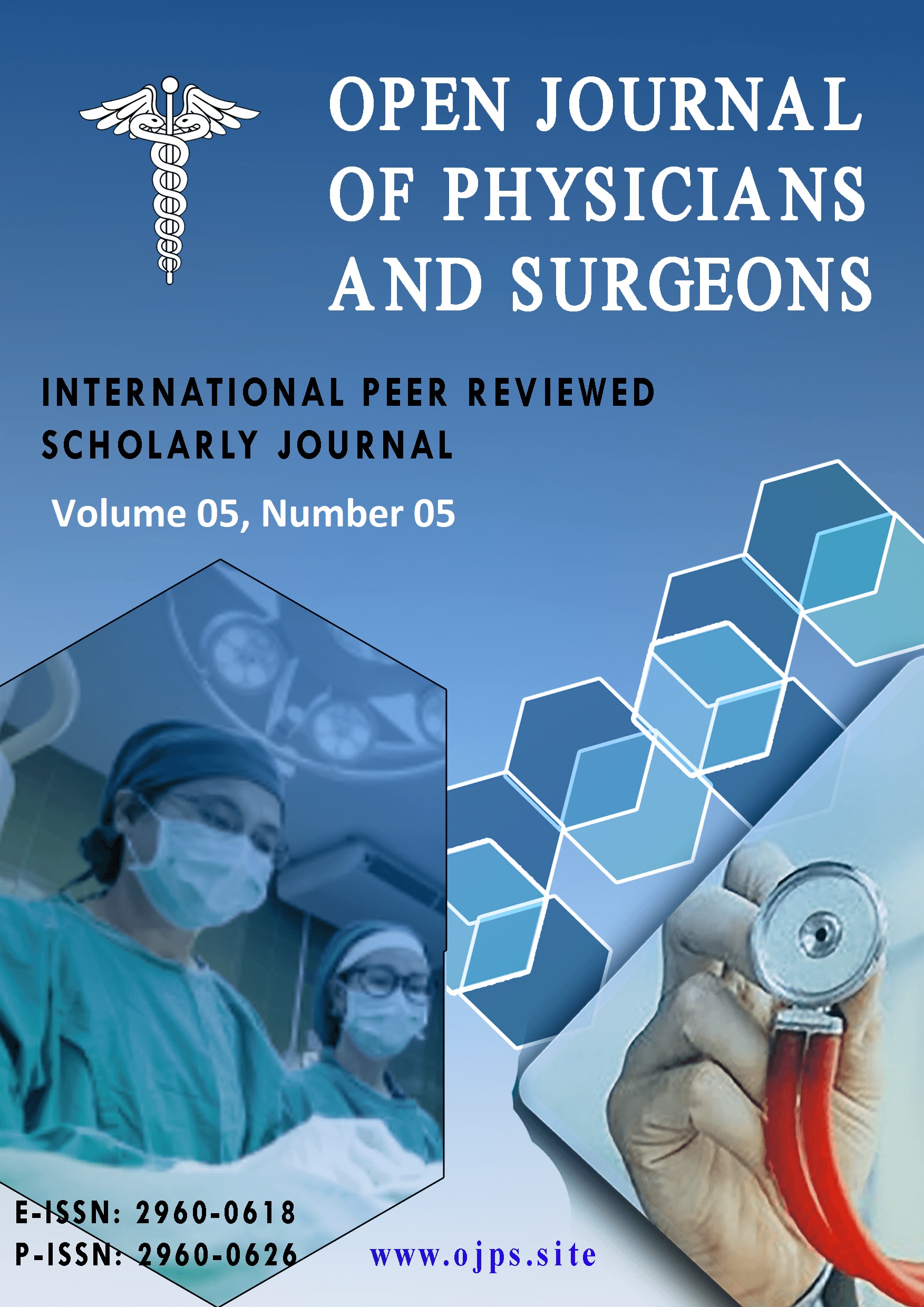Infants Under Three Months Hospitalized for Acute Febrile Syndrome: A Clinical Experience for 5 Years
Keywords:
infants, acute febrile syndrome, clinical experienceAbstract
Background: Fever is one of the most common symptoms and signs in children who consult an emergency department and is the main reason for consultation in up to 20% to 30% of outpatient visits. During the first two years of life, 60% of children consult at some point due to this symptom.
Objective: To assess the clinical and laboratory variable of patients with acute fever of unknown origin.
Patients and method: a cohort of children under 3 months of age who were successively admitted to the Pediatric department of our Hospital, with the diagnosis of "AFI" (ICD 10 R50.9), was arbitrarily selected between 1/01/2017 and 31/12/2021. Patients were identified from the daily pediatric hospitalization report, and the eligibility requirements were: age less than 3 months; fever ≥38°C for 5 days or less; a complete blood count, blood culture, complete urinalysis, and urine culture with a sample obtained using a urinary catheter upon admission; and no history of chronic illness, hospitalization, or antibiotic treatment in the previous 7 days.
Results: A total of 550 patients were enrolled in the study. There was minimal concordance between the severity at admission and at discharge (kappa = 0.079; P = .26). The severe group included 23.8% of the children, whereas the non-severe group had 76.2%. In the severe group, urinary tract infection was the most common (68.7%), while in the non-severe group, 40.7% had acute febrile syndrome. The cut-off levels for C-reactive protein, white cells, and neutrophils per mm3 used to compute fixed and variable indices had negative predictive values, making them useful for excluding serious bacterial infections. The ROC curves for white cell and neutrophil counts and C-reactive protein did not provide reliable clinical indicators. More over one-third (34.6%) of lumbar punctures were traumatic or unsuccessful.
Conclusion: This study reveals a significant surplus of hospital admissions, limited efficacy of exams in detecting dangerous bacterial infections, a high incidence of painful lumbar punctures and failures, and an overuse of antibiotics treatment.


